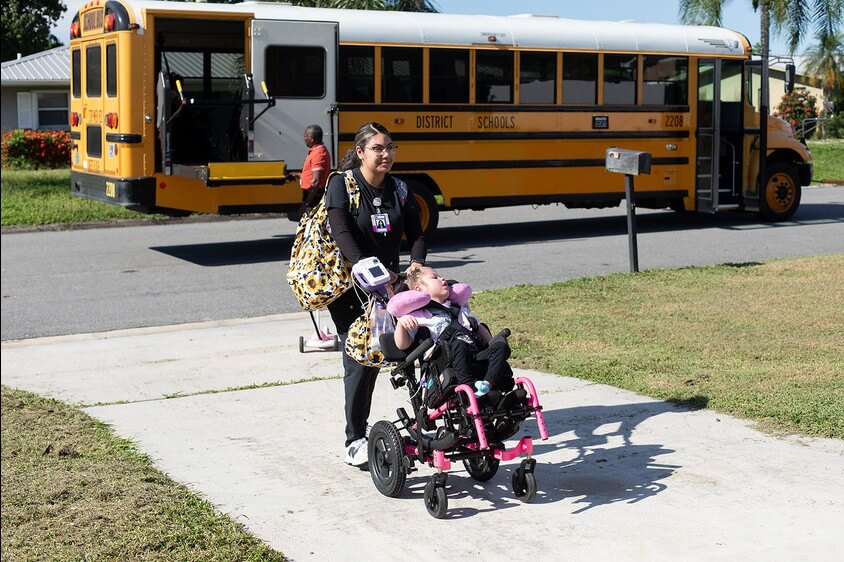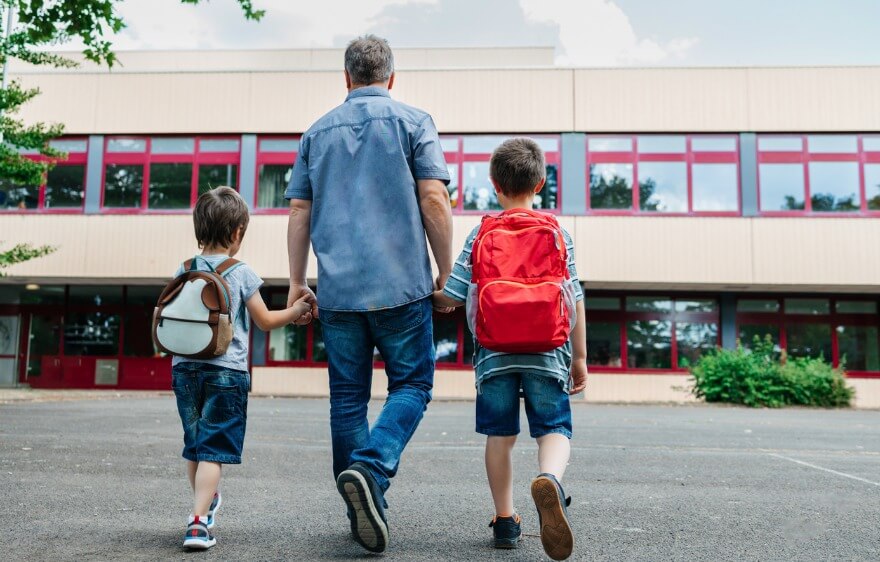Do you ever feel like it’s hard to get what you want from your students?
Whether it’s conversation, behavior, or even attention, there’s a lot to think about!
This month we’ll touch on some ways to draw conversation out of your more reticent students, and make the conversation you have with chattier students more focused on your speech and language goals.
For quieter students, or those with goals around increasing verbal output:
- Ask open-ended questions before you start the activity – give students a chance to understand the context
- Before you read Bear Snores On, students have to know about hibernation and bears. You might ask, “Did you know that bears sleep all winter?… No? That’s called hibernation…. Can you say that?‘Hibernation’.” Result – very little language from your students, maybe ‘yes’ or ‘no’ and repeating a word after you. Instead, you might start with, “What do you think bears do all winter?” If they don’t know anything about hibernation, you’ll have to do some teaching, but this is important teaching to do if they’re going to understand the book! Then you can ask questions like, “What goes on around them while they’re sleeping?” Read more about encouraging speech and language through shared reading on this recent AHSAsphere blog by Stephanie Sigal!
- For older or students this might mean giving context to a history lesson (“What else do you know about this time?”), thinking of ways they can find answers (“What could you use a glossary for?”), or looking for the big picture (“Why do you think your teacher has given this assignment? What are 8th graders supposed to learn from this?”)
- Offer the chance to finish sentences you start. You might start, “Oh, he looks sad. Maybe he’s sad because…” Let them answer, repeat or rephrase their answer and add, “Or maybe…” and then, “Can you think of any other reasons?” Give them the structures you want them to use, let them hear how it sounds, and then give them lots of opportunities!
- Ask students to talk about ways they can carry over what they’re working on to the rest of their lives – “Where do you think you could use this?” “Do you ever hear other people use sentences like this?” “When is the next time you think you could use this word?”
- This gives you a chance to tailor your work, practice, feedback to their familiar contexts
- This gives students a chance to plan some practice on new or developing skills
For chattier students who need focus for their conversation:
- Be sure they understand the goal. They should know why they’re coming to speech in general, and what the focus of their therapy session is that day.
- Every session should follow a format of a) here’s what we’re going to work on, b) let’s work on it, c) here’s what we worked on.
- There could be a place on the whiteboard or a special card on the table to show (pictures or words) what the focus is for the day.
- Finish each session by thinking of an opportunity for the student to use something they worked on that day.
- Use nonverbal cues to redirect and refocus the conversation when it wanders
- Sometimes you might need to interrupt students to bring them back to the activity at hand, but interrupting can lead to verbally engaging, negotiating, explaining… before you know it you are all off-topic again! Try a non-verbal redirect by pointing at the visual representation of the topic for the day (see above), and prompting or waiting for the student to bring the conversation back himself.
- Have the student come up with a visual reminder for rate (snail, turtle, hourglass) or volume (horn, ear) that you can point to instead of interrupting the conversation to remind her.
SLPAs and paraprofessionals should always operate within the scope defined by state and national licensing organizations and should only conduct allowable tasks under the supervision of a speech-language pathologist.





